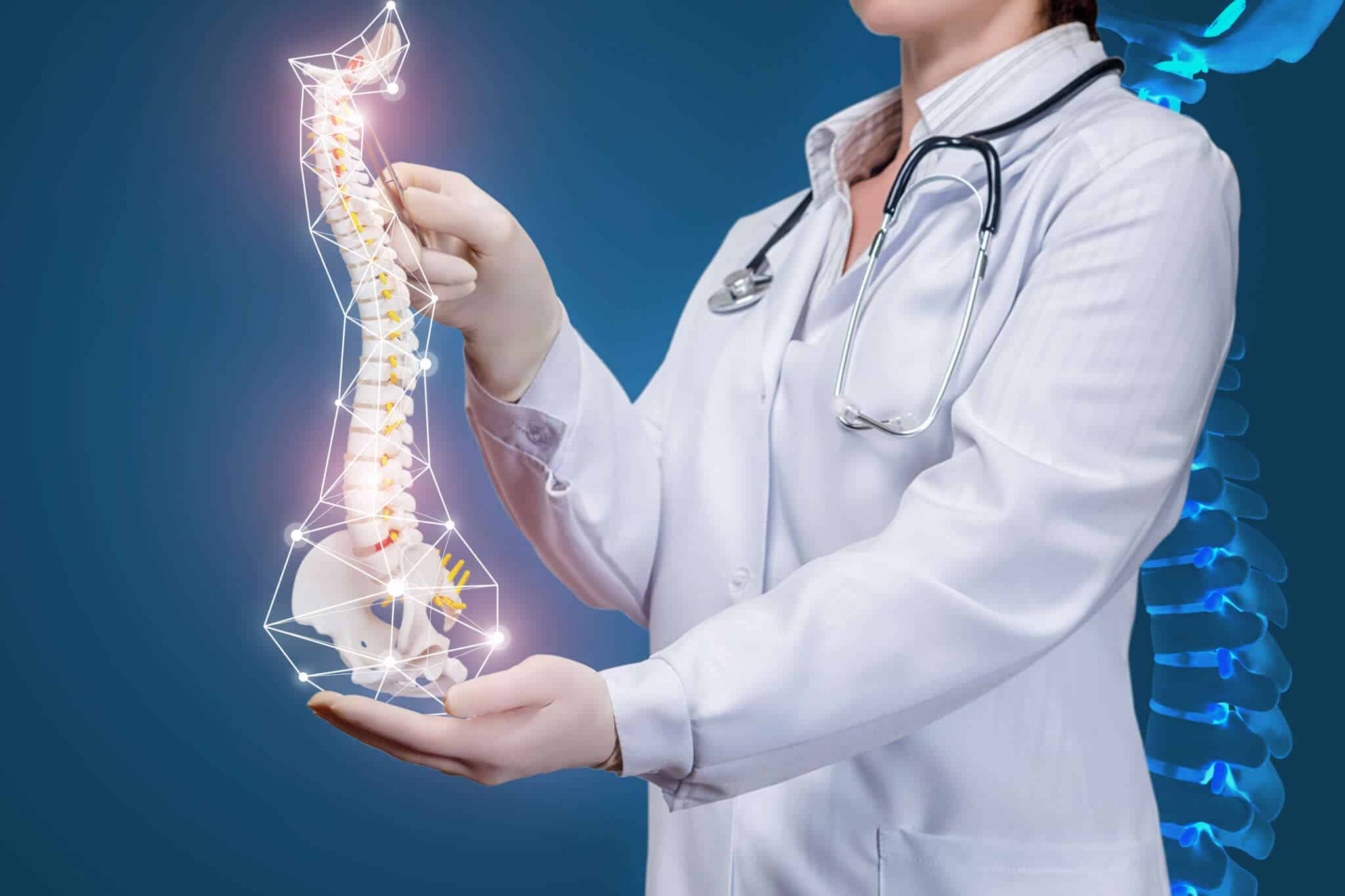What is a Spinal Cord Stimulator (SCS)?
When non-surgical treatments have failed to relieve chronic pain, spinal cord stimulation may help.
SCS systems have a tiny pulse generator, known as a stimulator, and thin wires called leads, that are implanted into your body. To mask pain signals passing to the brain, the stimulators deliver a mild electric current to specific nerves on the spinal cord.
Turn stimulation on and off, increase and decrease stimulation levels, and target specific pain areas with a remote control. Pain reduction of 50% or more indicates the therapy was effective.


What is a Spinal Cord Stimulator (SCS)?
When non-surgical treatments have failed to relieve chronic pain, spinal cord stimulation may help.
SCS systems have a tiny pulse generator, known as a stimulator, and thin wires called leads, that are implanted into your body. To mask pain signals passing to the brain, the stimulators deliver a mild electric current to specific nerves on the spinal cord.
Turn stimulation on and off, increase and decrease stimulation levels, and target specific pain areas with a remote control. Pain reduction of 50% or more indicates the therapy was effective.

Who Needs a Spinal Cord Stimulator?
Many people may benefit from SCS therapy, including patients with failed back surgeries, complex regional pain syndrome, cervical and lumbar radiculitis, and neuropathy.
Procedure
During SCS surgery, the surgeon will insert a tiny, flat wire behind the spinal cord through a small back incision. They will tunnel wire under the skin and connect it to a small battery-powered generator. The generator is then positioned under the skin with a small incision near the waist.
The surgeon will test the device to ensure it is working correctly before the surgery is complete.
Recovery
The pain from surgery typically subsides within two weeks. Call your doctor right away if you’re still hurting after two weeks, or if you notice any redness or swelling near the treatment site.
